“Perhaps this will be our 21st century contribution to the notion of urban life: that cities are not only places of art, culture, communication, finance, business, science, religion, politics, and economy, but cities are also places for and from and of nature, cities of nature, nature with us in it.”– Eric Sanderson
Cities are, at their best, collaborative masterpieces, aren’t they? They emerge from the interplay of diverse professions, ways of knowing, modes of action, governments, and, most importantly, the people who call them home. They are cultural, ecological, human, and non-human. Together (ideally), these forces shape cities based on shared—and sometimes contested—values. For cities to be sustainable and livable, we must chart greener paths, blending diverse perspectives into a collective vision that serves both people and nature. This harmonious mix lies at the heart of TNOC’s mission.
With this in mind, let’s take a moment to celebrate some standout contributions from TNOC in 2024. These articles, drawn from voices around the world, stood out for their popularity, innovation, and, at times, their ability to challenge the status quo in constructive ways. All TNOC writing is good; what follows is a curated glimpse into the remarkable work of the past year.
As TNOC begins its 14th year, check out highlights from previous years: 2023, 2022, 2021, 2020, 2019, 2018, 2017, 2016, 2015, 2014, 2013, 2012.
In our writing, we strive to explore the vibrant frontiers where urban ecology, community, design, planning, infrastructure, and art converge in dynamic and unexpected ways. Here’s to pushing boundaries and reaching new heights—onward and upward, with hope!
Thank you. We hope to see you again in 2025!
Donate to TNOC
TNOC could really use your help. We are a public charity, a non-profit [501(c)3] organization in the United States, with a sister organizations in Dublin (TNOC Europe). We rely on private contributions and grants to support our work. No pay-wall exists in front of TNOC content.
So, if you can, please help support us. Any amount helps. Click here.
TNOC Festival 2024
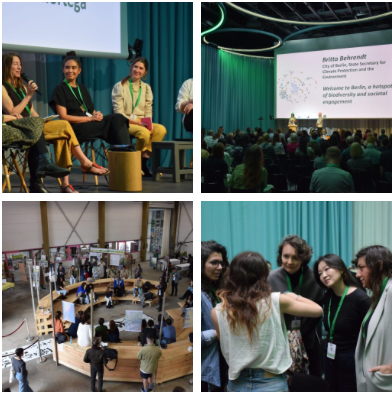 TNOC Festival 2024, themed “The Distance Between Dreams and Reality is Action,” brought together over 2500 participants (2100 virtual and 425 in-person) from more than 60 countries to explore sustainable urban development through art, science, and innovation. The festival combined a two-week virtual program in April with an in-person gathering in Berlin at Atelier Gardens in June, fostering collaboration and actionable solutions for urban challenges.
TNOC Festival 2024, themed “The Distance Between Dreams and Reality is Action,” brought together over 2500 participants (2100 virtual and 425 in-person) from more than 60 countries to explore sustainable urban development through art, science, and innovation. The festival combined a two-week virtual program in April with an in-person gathering in Berlin at Atelier Gardens in June, fostering collaboration and actionable solutions for urban challenges.
Highlights included plenary talks, workshops, field trips, and the “Echoes of Earth” art exhibition, curated to strengthen connections between people and nature. Sustainable meals by Roots Radicals and farm-to-table dinners enriched the experience. TNOC Festival 2024 showcased the power of global collaboration in reimagining cities as spaces where people and nature can thrive together. check out a photo gallery.
Many thanks to our sponsors, and especially the City of Berlin.
What’s next? We hope to announce plans in the coming months for the next in-person festival, provisionally planned for the second quarter of 2026.
Roundtables
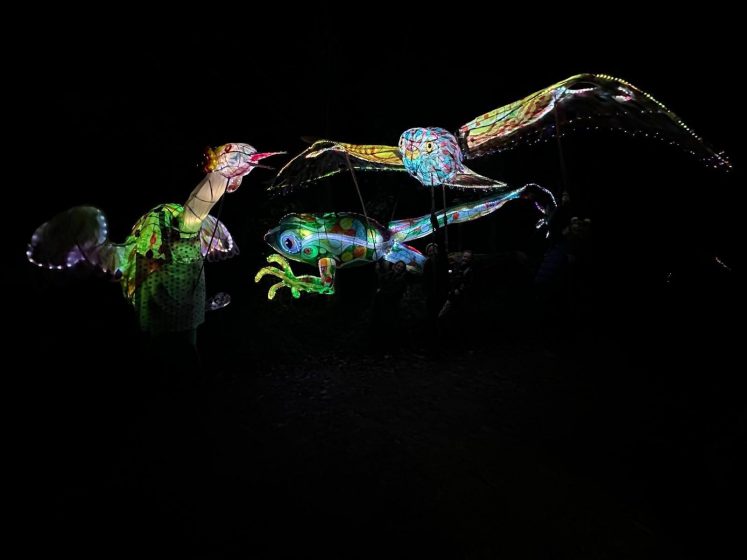
Whimsy: Playful or fanciful ideas that bring a sense of fun and imagination.
Whimsical: Full of playful charm and imagination, often with a touch of unexpected delight.
Whimsy. Rooted in words that mean: to let the mind wander, a sudden turn of fancy, to flutter, a whimsical device, a trifle.
The science involved in biodiversity conservation, climate change, nature-based solutions, and sustainability can be heavy stuff, sobering, even upsetting. Dare I say sometimes boring? Maybe a whimsical note in some form can play a role in spreading knowledge and ideas. Maybe it can attract people to movements toward sustainability? Can it bring new people into the conversations? Can it help us see more clearly? Or see for the first time some essential thing? Maybe it can just lighten our spirits a bit so we can dive back into the serious business of saving the world. That would be useful just by itself. I think it is that and more, too. I think whimsy can help us learn.
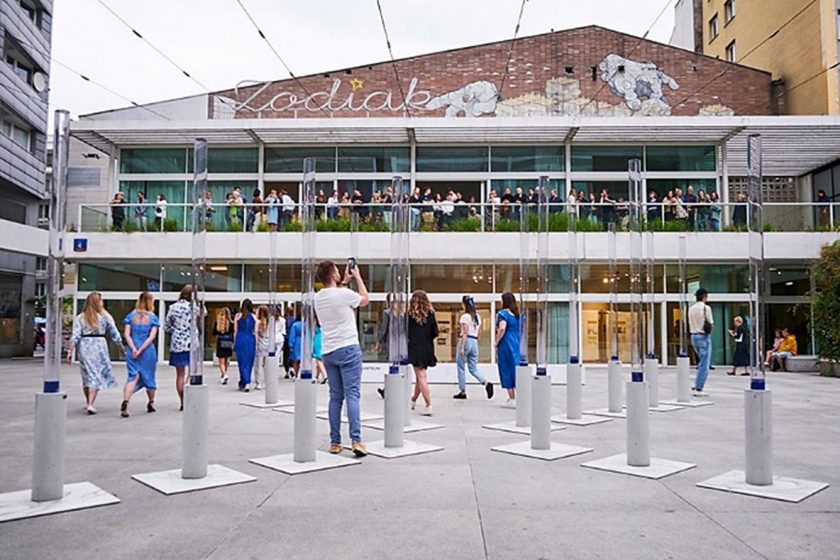
New voices; imaginative approaches to engagement; integrated science, art, community, and education; joined artists and scientists and educators … sounds like I am talking about museums, botanical gardens, and other cultural institutions, no?
This roundtable explores the synergy between Nature-based Solutions (NbS) and sustainability professionals and a wide range of cultural institutions, including but not limited to ones normally focused on the environment in a traditional sense. Cultural institutions, within their particular but often broad focus (e.g., art, natural history, design, etc.) excel in engaging the public, something that NbS and sustainability discussions need to do better. By learning from their expertise in education, curation, and community outreach, sustainability professionals can amplify their impact—that is, better mainstreaming their ideas.
Art and Exhibits
In recent years TNOC has greatly expanded our investment in and comment to art and art-science-practice collaboration. This has taken the broad forms of poetry, fiction, exhibits, comics, graffiti, and residences of artists working with science teams. In every expression, we design to mix voices from artists, scientists, and practitioners together in the joined conversations about the issues we face. Here are a few examples.
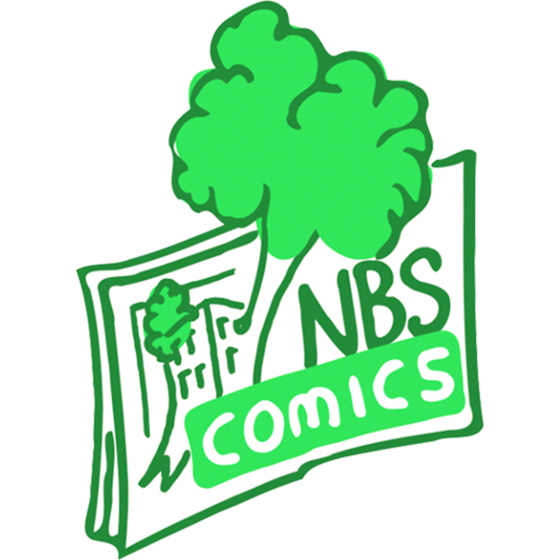 NBS Comics: Nature to Save the World
NBS Comics: Nature to Save the World
TNOC’s latest project in collaboration with NetworkNaturePlus, funded by the European Commission, Nature-based Solutions (NbS) Comics empowers comic creators to combine science and storytelling, re-imagining how people and nature might thrive together.
We commissioned 11 new comics in 2024. In 2025, we plan new collaborations that transform science projects in biodiversity into rich visual stories.
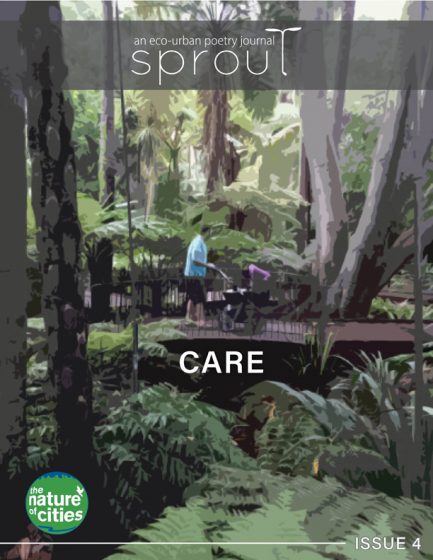 SPROUT: An Eco- urban Poetry Journal: Issue 4
SPROUT: An Eco- urban Poetry Journal: Issue 4
For SPROUT’s fourth issue, we are focusing on the theme of “care”. As an experience and as a concept, care is relational, complex, and broad; care also happens on a spectrum of caregiving and care-receiving.
We have gathered works that interrogate the modes of engaging with others in (urban and natural) space that can speak to one or more of the following, interrelated dimensions of care: communities of care; care as a practice (and action); and ethics of care.
You can read the essay that goes with the issue here.
Essays
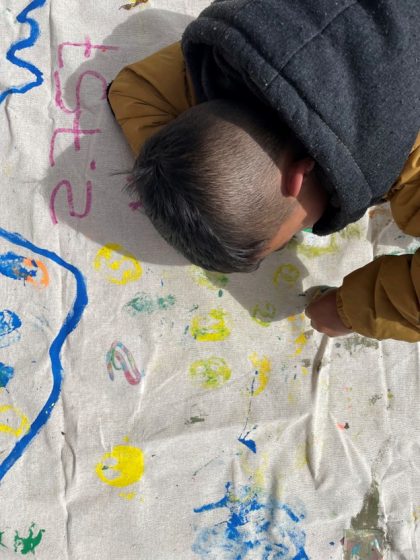 How Much Water is There? Voices and Traces of Water as Perceived by Children and Young People in Bogotá
How Much Water is There? Voices and Traces of Water as Perceived by Children and Young People in Bogotá
Diana Wiesner, Bogota.
Over the course of a year, we embarked on an emotional and conceptual journey of exploration and reflection on water with two groups of young people and children living on the border between urban and rural areas in the hills of Bogotá. The relationship that children and adolescents have with water goes beyond its basic function in daily life. Water is an element that awakens emotions and feelings in people, both individually and collectively. This article is based on the partial results of an ongoing project, developed in the year 2022, by the Cerros de Bogotá Foundation, under the coordination of Santiago Córdoba, Samuel Serna, and Héctor Álvarez.
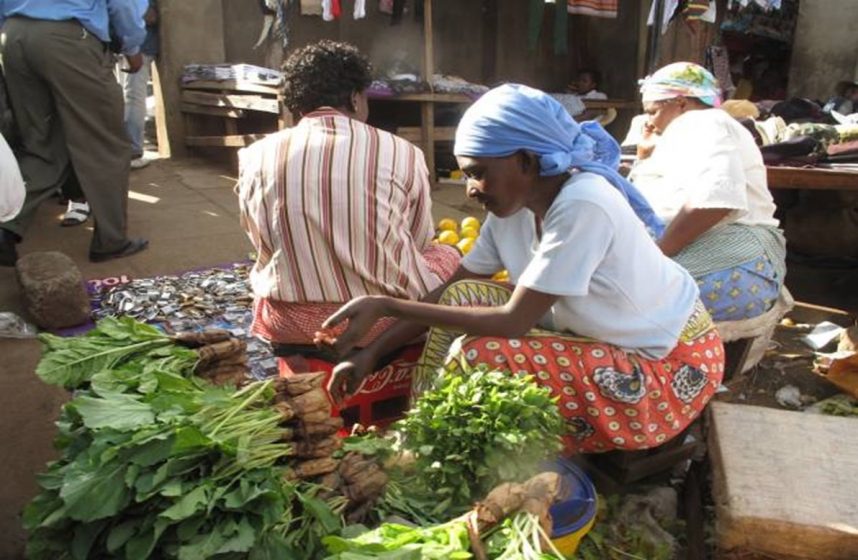 Exploring the Diverse Contributions of Informality to Transformation in the Largest Cities of Africa
Exploring the Diverse Contributions of Informality to Transformation in the Largest Cities of Africa
Ibrahim Wallee, Accra.
In the dynamic landscape of Africa, a fascinating interplay unfolds between urban informality and the transformative promise of primate cities. The informal sectors within these bustling metropolises thrive, significantly contributing to shaping the growth, resilience, and character of their national economies. Notably, cities such as Cairo, Lagos, and Johannesburg, irrespective of their historical challenges with urban distress, stand as unrivalled centres of economic, political, and cultural gravity. They draw people, resources, and aspirations, while their formal structures often coexist with vibrant and resilient informal economies.
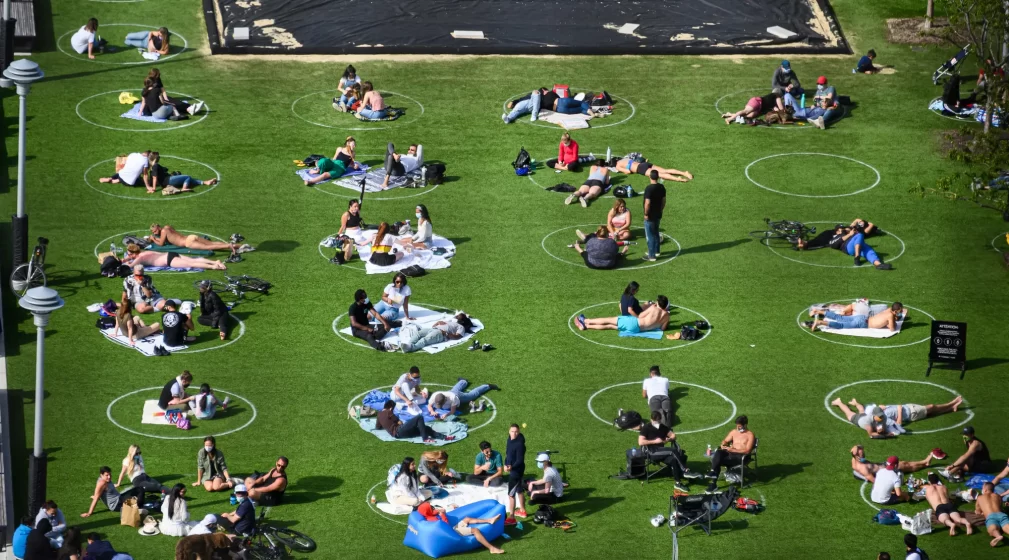 Social Infrastructure in a Post-COVID World
Social Infrastructure in a Post-COVID World
Laura Landau, New York.
The unprecedented nature of the COVID-19 pandemic and the need for social distancing shifted the role of social infrastructure in disaster response organizing in multiple ways― both in how it was activated and how it was framed ideologically. Mainstreaming mutual aid as a result of the pandemic and compounding crises broadens how we understand the limitations of social infrastructure; these sites are crucial, and they deserve increased investment in the near term as we continue to organize for better options.
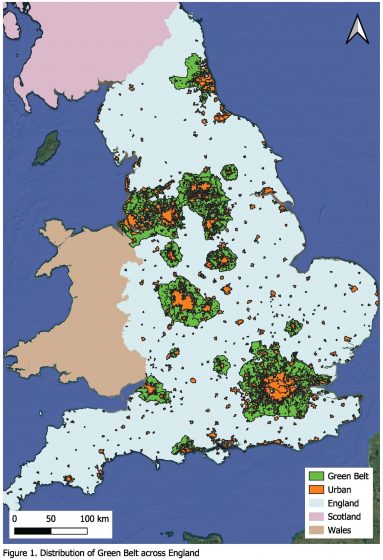 Re-envisioning the Green Belt for Biodiversity, Recreational Access, and Climate Resilience
Re-envisioning the Green Belt for Biodiversity, Recreational Access, and Climate Resilience
Lincoln Garland, Bath.
England’s Green Belt is widely valued as a symbol of picturesque, wildlife-rich countryside. However, much of this land fails to live up to this idyllic vision. In response to the nation’s housing crisis, the UK Government’s policy to relax planning restrictions and allow development in select areas of this zone must form part of a broader Green Belt strategy to deliver significantly enhanced environmental benefits and better serve the public interest. The public’s deep affection for the Green Belt, and the idyllic rural vision it evokes, is largely built on myth and misunderstanding. Many people feel reassured by its superficial greenery—mostly inaccessible farmland—but fail to notice what’s missing, the landscape complexity and biodiversity that once defined rural England.
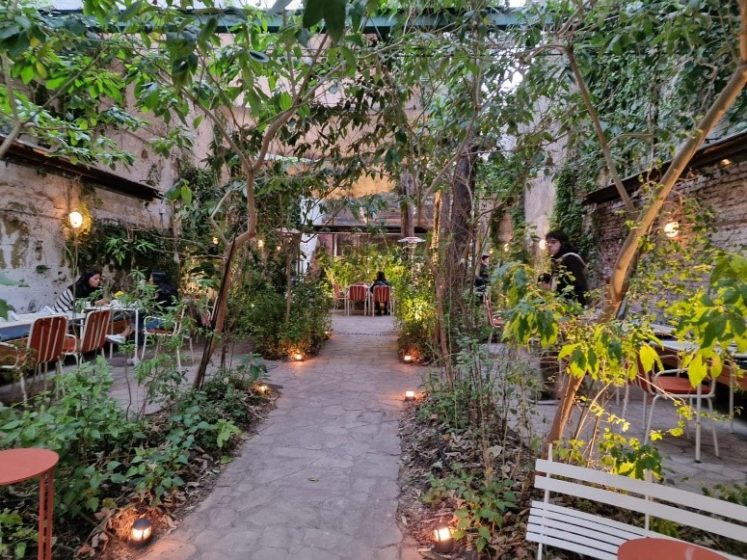 How Do Biophilic Design Approaches in Cafes and Restaurants in Buenos Aires Motivate Their Customers?
How Do Biophilic Design Approaches in Cafes and Restaurants in Buenos Aires Motivate Their Customers?
Ana Faggi, Regina Nabhen, Patricia Frontera & Ana Saez, Buenos Aires.
Human reconnection with Nature is one of the greatest challenges of architecture in the attempt to generate more livable cities in built environments. Among architects and designers, there were visionaries who sought to reflect an indivisible relationship between art, life, and nature in their compositions. Even with small spaces where there is no room for large gardens or big trees, it is possible to create biophilic experiences that resonate with users’ emotions.
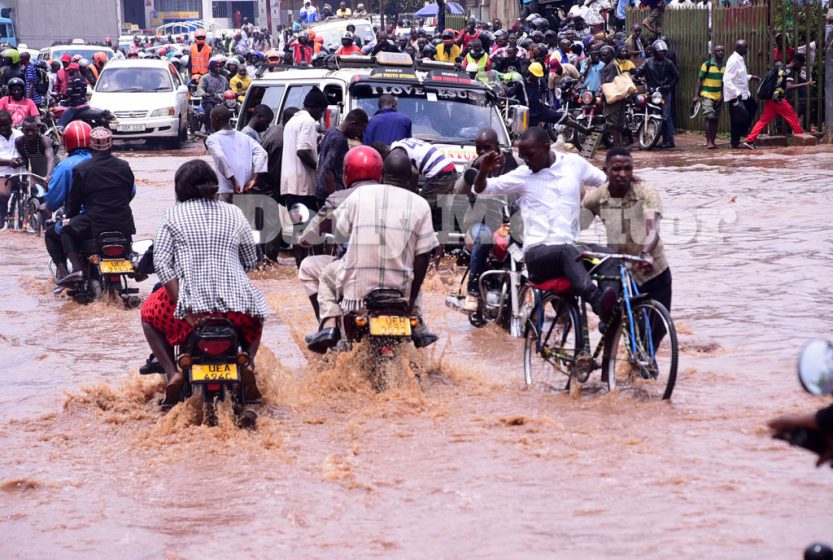 What if Mobility Due to Climate Extremes Is a Crisis for Some but an Adaptation Measure for Others?
What if Mobility Due to Climate Extremes Is a Crisis for Some but an Adaptation Measure for Others?
Buyana Kareem, Kampala.
What if mobility due to climate extremes is a crisis for some but an adaptation measure for other city residents? From the crisis point of, the extent of urban flood displacement risk is explained by how many of us live in urban settings, and how common floods are. Whether it is crisis-ridden or adaptive climate mobilities, at whatever urban scale, mobility amidst climate extremes in cities can no longer be understood along the notions of global connectedness, the possibility of geographically spreading risk, or global solidarity at the time of response to disaster.
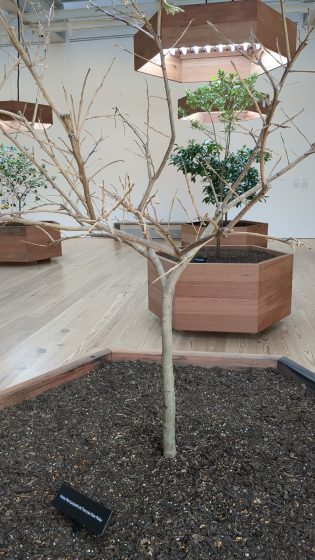 How Could an Orchard Installed in a Gallery Affect Us (And The Gallery)?
How Could an Orchard Installed in a Gallery Affect Us (And The Gallery)?
Chris Fremantle, Ayrshire.
The focus of this piece is 18 fruit trees installed for 6 months in an art gallery ― an odd sort of urban greening and an odd sort of creativity. The strange orchard in a gallery invokes all the other orchards in the area, it invokes the employment, the harvest, the trucking, your parent working for one of the big juice businesses, the smell of the fruit in the warm evening air. People are interested in art for sure, but also people with expertise in trees and orchards, people who promote stewardship of urban greenspaces. Insects, who normally evaluate fruit trees, are excluded―of course, the trees were already pollinated when they came into the gallery, but still, we increasingly recognise that we must value the total entanglement. The gallery can be an orchard temporarily, but some things are excluded in that metaphorical shift.
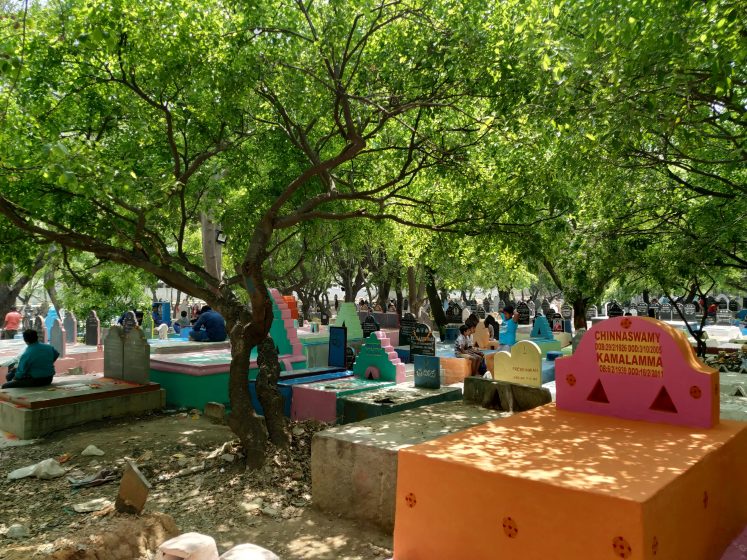 Connecting Nature and Culture in the Urbanising Global South: The Lakshmipuram Urban Cemetery, Bengaluru, India
Connecting Nature and Culture in the Urbanising Global South: The Lakshmipuram Urban Cemetery, Bengaluru, India
Seema Mundoli & Harini Nagendra, Bangalore.
Cemeteries can be quiet, tranquil places that allow for reflection, or social sites used for recreation by urban residents. They can be of sacred or cultural significance, or be habitats for different kinds of biodiversity both floral and faunal especially native species that reflect the ecological history of the city. Or, as the case of Lakhsmipuram cemetery has shown, serve diverse purposes―sacred, cultural, social, and ecological.
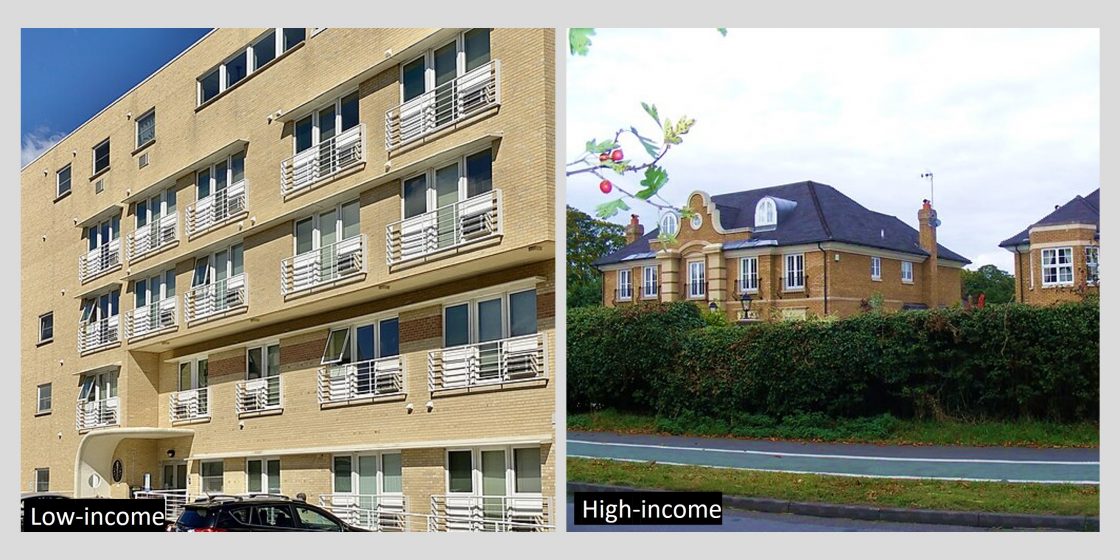 The Two Planets of Urban Heat
The Two Planets of Urban Heat
Rob McDonald, Basel.
The rich, air-conditioned planet deserves to be mocked by climate activities. Rather than gluing themselves to random famous paintings, it might be more appropriate to start shaming stores running air conditioning on high, while leaving their doors open to the street. Or protesting the artificial snow at Dubai’s indoor ski slopes. These actions would target for ridicule those whose actions are directly connected to climate inequality. These actions would at least target for ridicule those whose actions are directly connected to climate inequality, in our separate and unequal two planets of urban heat.
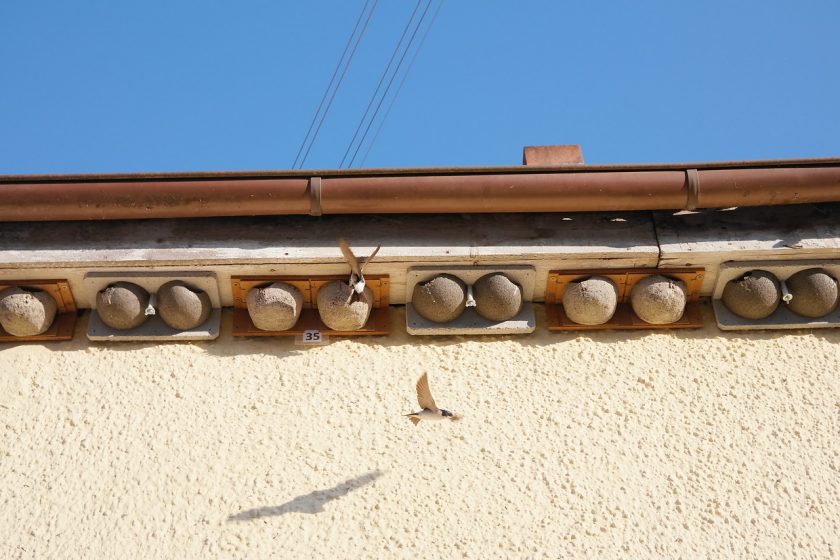 Soft Animal
Soft Animal
Andreas Weber, Berlin.
Housemartins are swallows. They populate the whole northern hemisphere. Ornithologists estimate their numbers to be several million across the European continent alone. The tiny acrobats of the air are still a sort of everyday bird. You can expect to meet them in the Italian summer. But that does not mean that the shadow of decline is not cast over their daily business. The housemartins are my allies against the rampant heartlessness with which people treat the world. They are suffering from it, too, but the suffering does not diminish their grace.
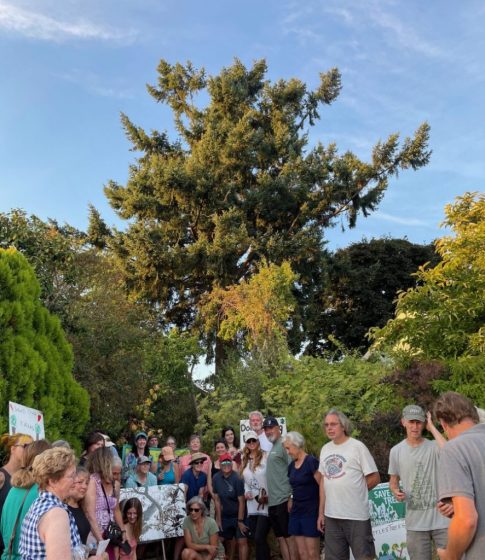 On The Psychology of Trees and How to Change It
On The Psychology of Trees and How to Change It
Tim Beatley, Charlottesville.
I have come to believe that in the fight to save trees and forests in our cities, it is necessary to better understand what I am calling the “psychology of trees”, those factors and influences and patterns of thinking that affect the decisions individuals, developers, and even entire communities, make about protecting (or not) the trees and forests around them. Could we change the outcomes for trees by changing the politics around trees? A network of neighborhood-based citizen foresters could help with this educational mission and could also help with this. Every neighborhood could have a designated (or self-appointed) tree steward or resident forester who is trained and knowledgeable about the health of trees.
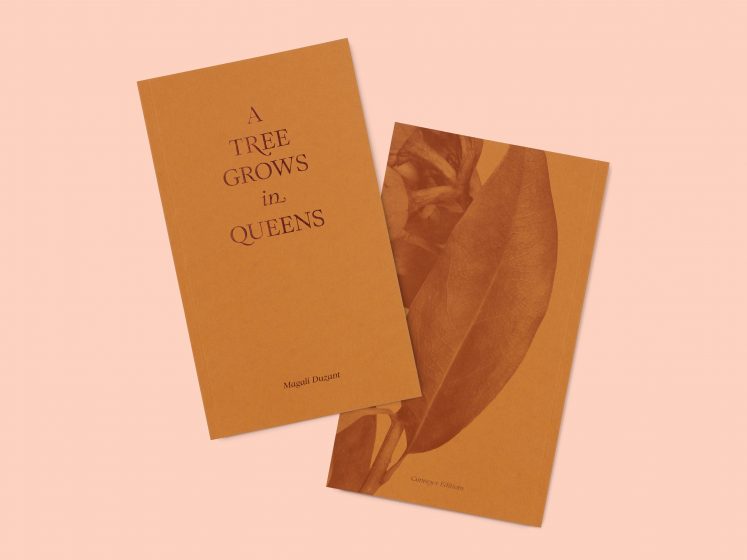 A Tree Grows in Queens
A Tree Grows in Queens
Magali Duzant, New York.
If a tree can bring luck to the hand of the person touching it, can that hand bring something to the tree? It’s nice to think that we can have reciprocal relationships with nature. A Tree Grows in Queens is a meditation on the many ways in which trees manifest into other forms—from myths and memorials to meeting points and harbingers of luck. Taking inspiration from trees found in old-growth forests and the streets of New York City, the book cultivates an intimate connection between the city’s ecology and heritage by examining individual trees and their interdependence with broader concerns, such as climate change, capitalism, and urban revitalization, alongside their significance in our everyday lives.
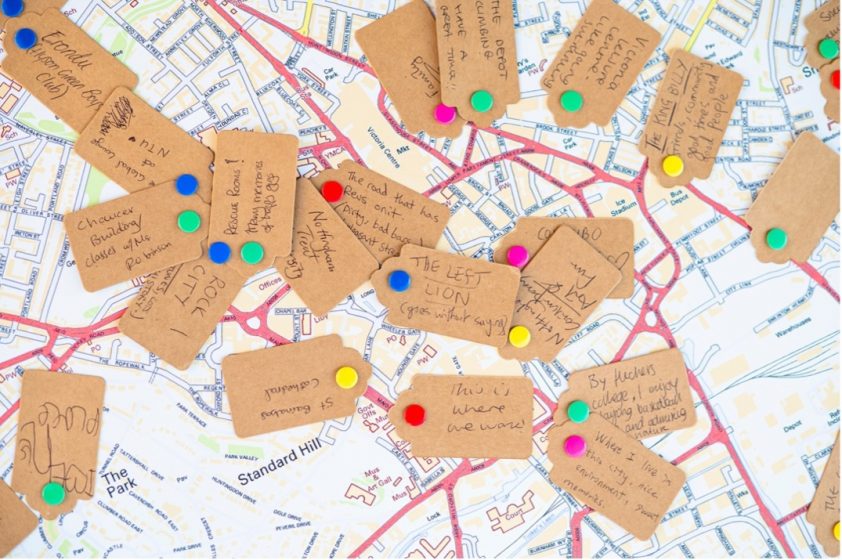 People Love Nature, Even When It Hurts
People Love Nature, Even When It Hurts
Katie Keddie & Chris Ives, Nottingham.
Indeed, community-led, grassroots efforts play a crucial role in shaping Nottingham’s natural environment and promoting environmental concerns. The deep-rooted love for nature within Nottingham’s community serves as a powerful force in shaping the city’s environmental landscape. Here, love moves beyond a sentiment, forging action and advocacy as well as a collective commitment to nurturing a “greener” future, shaping the spaces and places in which people connect to the city and one another. The intertwining of social identity, emotional attachment, and environmental stewardship highlights the complex yet vital role that love plays in fostering a sustainable and just urban future.


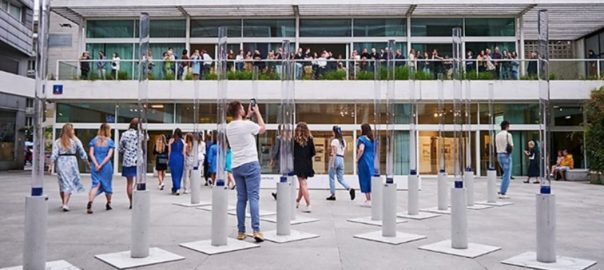
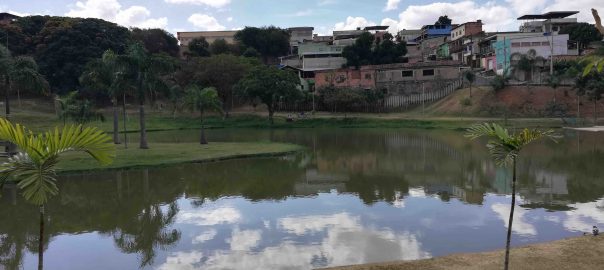
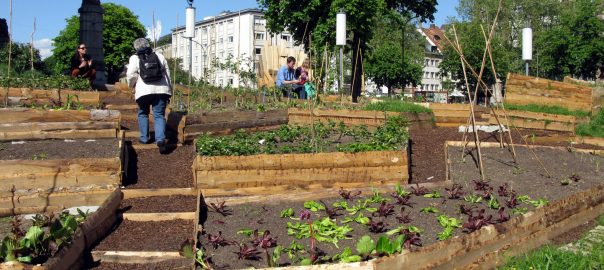
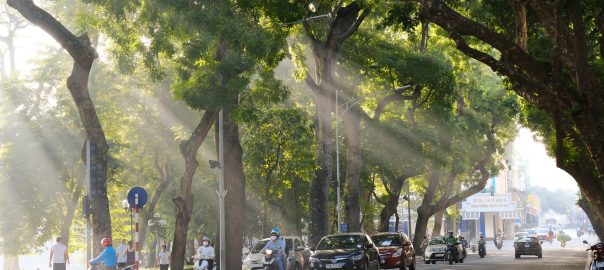
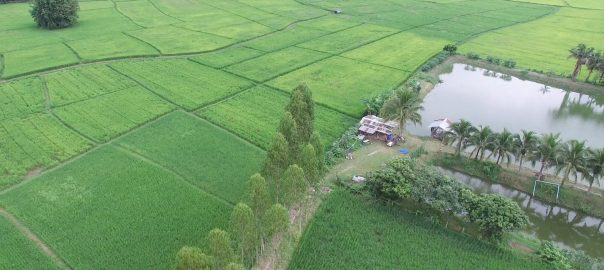
Leave a Reply